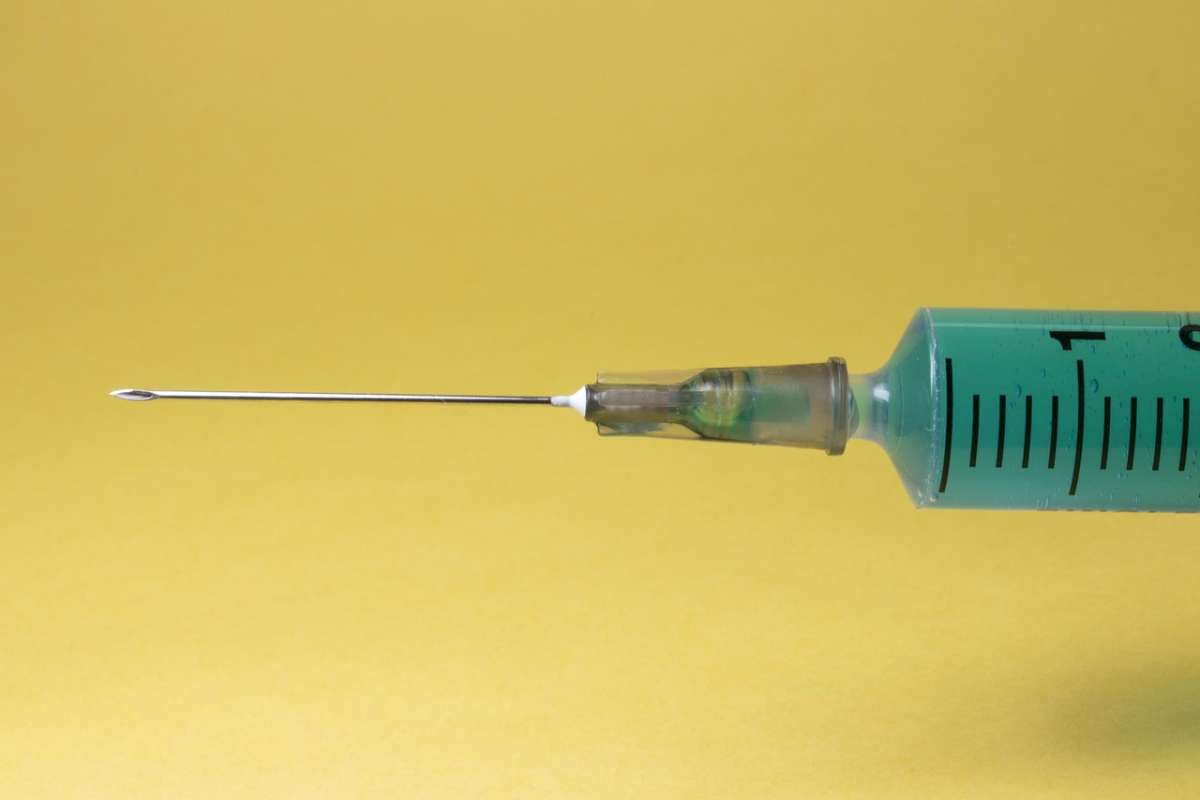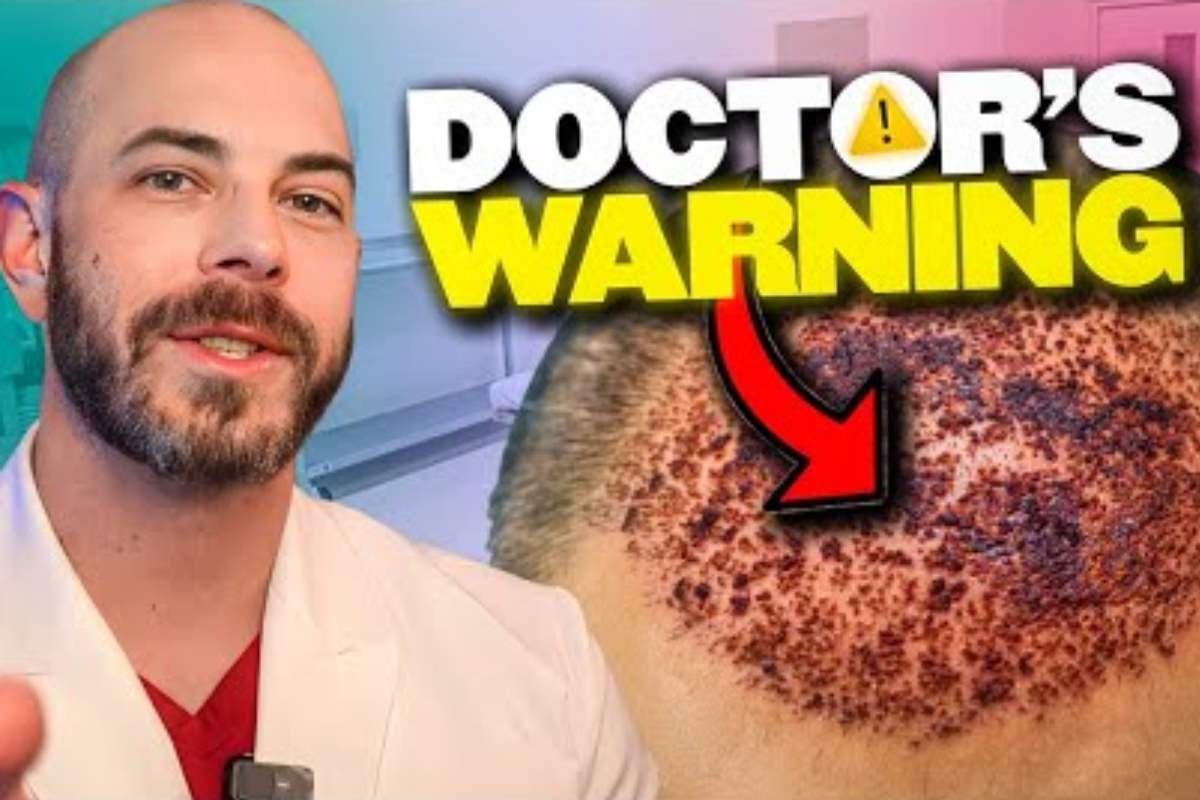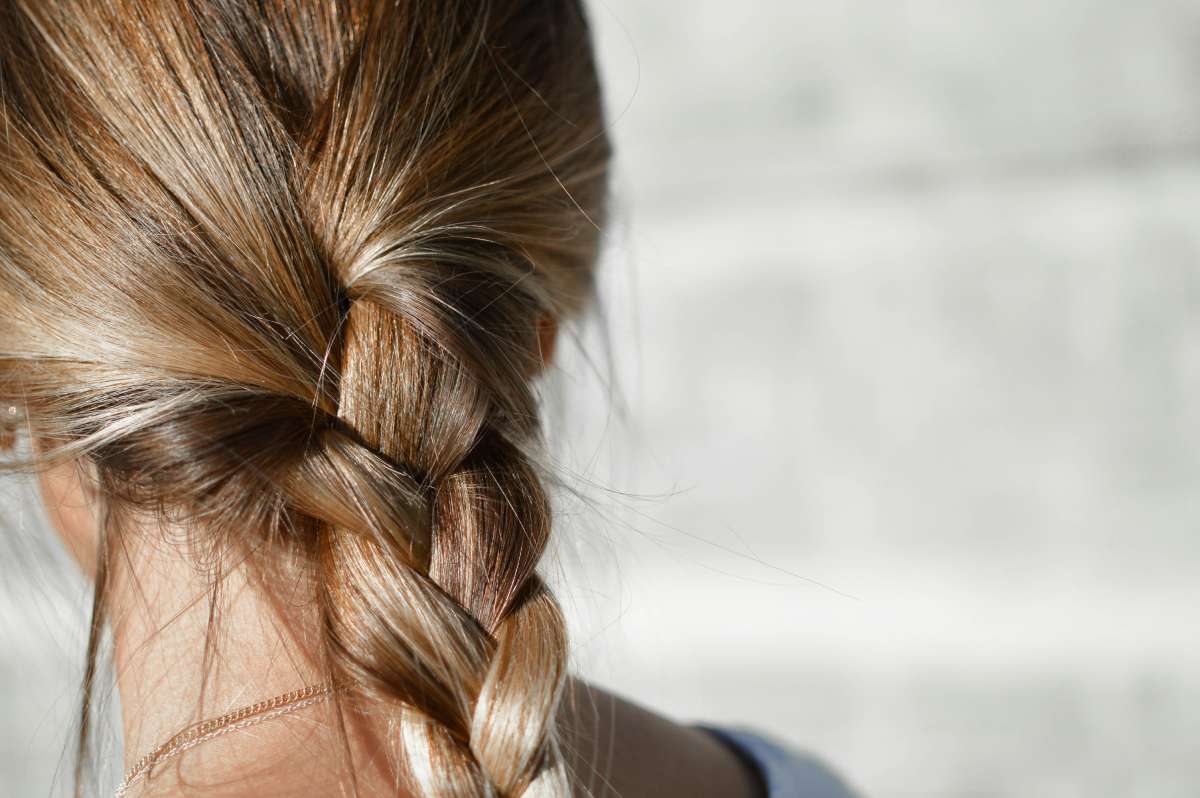Fleas and lice are tiny insects that can cause big problems, especially for people with pets or those in close contact with others. And while they may seem similar, fleas and lice have some big differences.
Both are parasites, meaning they need to live on a host to survive, but they each have their own unique habits, appearances, and preferences when it comes to finding a place to live.
Understanding the differences between fleas and lice is important because knowing what you’re dealing with helps you treat the problem the right way. And knowing whether these bugs can live in human hair can help prevent bites, itching, and further spread to others.
What Are Fleas?
Fleas are small, wingless insects that survive by feeding on the blood of warm-blooded animals. They are typically found on pets like dogs and cats, but they can sometimes bite humans, too.
Fleas are very small, are usually dark brown, and have flat bodies; these characteristics make it easy for them to hide within an animal’s fur. Furthermore, their bodies are covered with tiny bristles that help them cling tightly to their host’s hair or skin so they can be hard to remove.
One of the most unique things about fleas is their strong jumping ability. Fleas can leap long distances, even though they’re very small, which makes it easy for them to move from one host to another or jump onto humans in some cases.
In addition to being able to jump long distances, fleas lay their eggs in places where pets spend time, like beds, carpets, and furniture, allowing them to spread quickly and easily become a problem within your household.
What Are Lice?
Lice are small insects that live on the skin, especially in hair, and feed on human blood. Unlike fleas, lice don’t jump or fly; instead, they crawl from one person to another. This means that they don’t spread as easily, but they do still spread.
There are different types of lice, but the ones most often found on people are head lice, Pediculus humanus capitis. These tiny insects are usually white or grayish in color and can be seen moving on the scalp or hair if you look closely.
Lice attach their eggs, called nits, to individual strands of hair close to the scalp making them hard to notice.
Lice bites can cause itching, which is often the first sign of an infestation. Itching is due to an allergic reaction to lice saliva, which they leave behind when they bite.
Lice spread mainly through direct contact, especially in places where people are close together, like schools or sports teams. They can also spread through sharing personal items like hats, combs, or pillows. Unlike fleas, lice can’t survive for long without a human host, so they don’t live on pets or in household areas for very long.
What is the Difference Between Fleas and Lice?
Fleas and lice may seem alike, but they have important differences that affect how they spread and where they live. One of the main differences is in their movement.
Fleas have strong back legs that allow them to jump long distances, which helps them move quickly from one animal to another or onto a person. Lice, on the other hand, can only crawl, so they spread more slowly and usually only move from person to person through close contact.
Another difference between fleas and lice is their preferred hosts. Fleas are often found on pets like cats and dogs, and although they can bite humans, they rarely stay on people for long. Fleas are well-adapted to living in furry coats where they can hide and lay eggs. Lice, however, are mostly found on humans. They live on the scalp, attaching themselves to hair and feeding on blood several times a day. Since they can’t survive without a human host for long, lice don’t live on pets or in household areas like fleas might.
The symptoms of flea and lice bites can also differ. Flea bites on humans often appear as small red bumps, especially around the ankles or lower legs, and they can be very itchy. Lice bites cause itching as well, but the irritation is usually concentrated on the scalp. Flea bites can sometimes transmit diseases to humans or animals, while lice bites mainly cause discomfort and itching without spreading diseases.
Can Fleas Live in Human Hair?
While fleas can bite humans, they don’t typically live in human hair. Fleas are designed to live on animals with thick fur, like cats and dogs, where they can easily hide and move around. Human hair isn’t dense enough for fleas to cling to, and they prefer the warmth and cover provided by an animal’s fur.
Fleas might jump onto a human if there’s a nearby infestation, but they usually don’t stay on people for long.
Fleas can bite humans when they need a quick meal, especially if pets in the household are already infested, but these bites are often found on areas like the ankles or legs, where fleas can easily reach.
While the bites can cause itching and discomfort, fleas don’t use human hair as their primary home.
If there’s a flea infestation in a home, it’s usually because fleas have laid eggs in areas where pets sleep or spend a lot of time, like carpets, beds, or couches. Even though fleas can be found in these areas, they prefer staying on animals rather than humans.
How to Prevent and Treat Flea and Lice Infestations
Preventing flea and lice infestations is important for both comfort and health. For fleas, it’s essential to treat pets regularly, especially if they go outdoors. Flea collars, topical treatments, and oral medications can help keep fleas off your pets.
Keeping pet bedding and household areas clean is also crucial. Vacuuming carpets, washing pet bedding in hot water, and cleaning furniture can remove flea eggs and prevent an infestation from spreading.
If a flea infestation occurs, treating both the pet and the home is necessary. Start by bathing pets with flea shampoo or using recommended flea treatments. In the home, focus on thoroughly cleaning areas where pets spend time. Sometimes, using flea sprays or insecticides can help get rid of any remaining fleas in carpets or upholstery.
For lice, prevention involves avoiding close contact and not sharing personal items like hats, hairbrushes, or pillows, especially at schools or on sports teams.
If lice are found, using medicated shampoos and carefully combing out nits can help remove them from the scalp. Washing clothes, bedding, and personal items in hot water is also important to eliminate any remaining lice or nits.
Fleas vs. Lice
Understanding the differences between fleas and lice can make it easier to prevent and treat infestations effectively. Fleas are more likely to be found on pets, while lice prefer to live on humans, particularly in hair.
Fleas may bite humans but don’t usually stay in human hair, preferring the thicker fur of animals. On the other hand, lice live and lay eggs in human hair, causing scalp itching and discomfort.
Taking steps to protect pets from fleas and practicing good hygiene to prevent lice can help keep these pests at bay. Regular cleaning and treatment can stop infestations before they start, ensuring a healthier environment for both people and pets.







